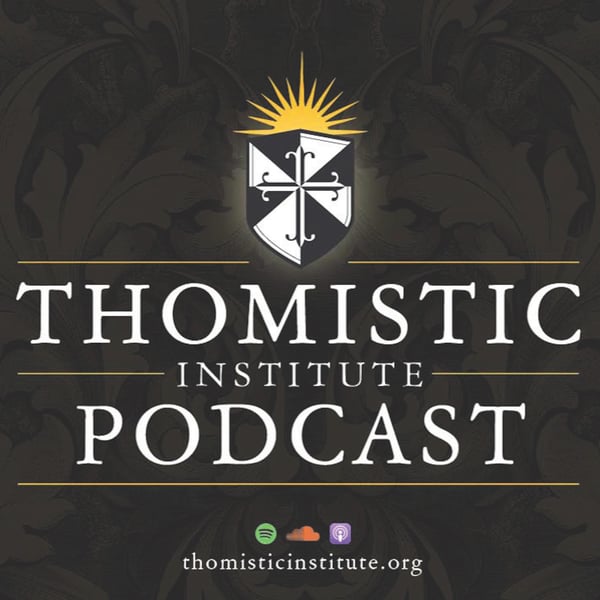Morality and Mortality in Willa Cather's Death Comes for the Archbishop | Sr. Ann Astell
The Thomistic Institute
The Thomistic Institute
4.8 • 729 Ratings
🗓️ 21 October 2019
⏱️ 59 minutes
🧾️ Download transcript
Summary
This lecture by Sr. Ann Astell was given as part of "The Moral Imagination of the Novel: A Conference" held at Columbia University on 4-5 October 2019.
The program included lectures by Paul Elie (Georgetown), Lauren Kopajtic (Fordham), Dhananjay Jagannathan (Columbia), Sr. Ann Astell ( Notre Dame), and Thomas Pavel (Chicago).
For more information on this and other events go to thomisticinstitute.org/events-1
Transcript
Click on a timestamp to play from that location
| 0:00.0 | Our conference concerns the novel and the moral imagination. Willa Cather's 1927 masterpiece, |
| 0:08.0 | Death Comes for the Archbishop, is regularly called a novel, but critics greeted its first |
| 0:14.5 | publication with great perplexity as to its genre. Borrowing expectations from the world of drama, |
| 0:23.8 | novelists and their readers then generally considered linear sequence |
| 0:27.7 | and aesthetic unity as givens for the novel. |
| 0:32.1 | Death comes for the Archbishop is marked instead, |
| 0:35.3 | as Guy Reynolds observes by a discontinuous storyline, discrete tableau, |
| 0:41.7 | and anecdotes, interpolated legends, historical asides, and a lack of dynamic plot or |
| 0:47.8 | taught structure. Set in 19th century New Mexico shortly after the acquisition of that territory by the United States, |
| 0:57.0 | but extending into Mexico, Arizona, and Denver, it chronicles the missionary journeys of two French priests, |
| 1:05.0 | Father Jean Latour and Father Joseph Valand, from their young manhood until their funerals. |
| 1:13.3 | The main characters periodically disappear from sight, going their separate ways or playing |
| 1:18.6 | the parts of listeners as other characters and their legendary stories, one by one, come |
| 1:24.7 | to the four, forming a colorful episodic array. |
| 1:31.3 | Cather's novel is really a sort of anti-novel and consciously intended as such. |
| 1:39.3 | Cather seems to have done the impossible and at least two scores, topical and formal. |
| 1:46.0 | Edwin Mier finds only a tincture of religious feeling left in modern Chronicles fiction, |
| 1:53.0 | but Cather wrote a religious and audaciously Catholic novel in a secular progressive age. |
| 2:01.6 | As Reynolds observes, when Christianity was written about, |
| 2:04.6 | it was the object of satire, not celebration. |
| 2:08.6 | Sinclair Lewis's biting portrayal of a fraudulent evangelist, |
| 2:12.6 | Elmer Gantry, 1927, was a bestseller in the same year Cather's own Christian novel was published. |
... |
Transcript will be available on the free plan in -1987 days. Upgrade to see the full transcript now.
Disclaimer: The podcast and artwork embedded on this page are from The Thomistic Institute, and are the property of its owner and not affiliated with or endorsed by Tapesearch.
Generated transcripts are the property of The Thomistic Institute and are distributed freely under the Fair Use doctrine. Transcripts generated by Tapesearch are not guaranteed to be accurate.
Copyright © Tapesearch 2025.

